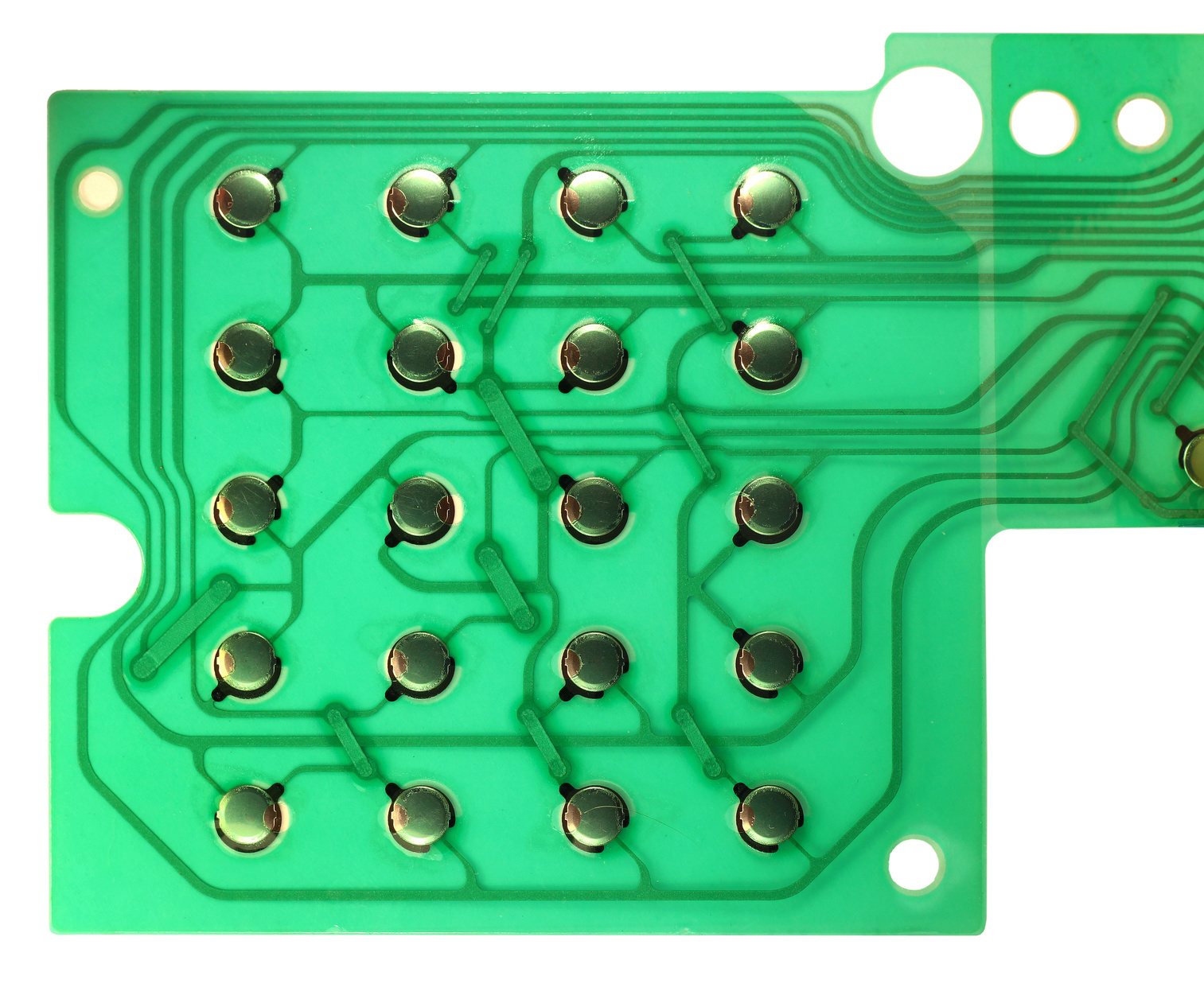Why Choosing the Right Membrane Switch Is Essential for Your Product Layout
Why Choosing the Right Membrane Switch Is Essential for Your Product Layout
Blog Article
Recognizing the Performance of Membrane Switches Over for User User Interface Tools
The performance of membrane layer switches over stands for a substantial advancement in user interface style, incorporating efficiency with visual flexibility. As sectors increasingly focus on individual experience, recognizing the subtleties of membrane button technology ends up being crucial.
What Are Membrane Buttons?
Membrane switches are innovative user interface tools that facilitate customer interaction with digital equipment. These functional elements contain multiple layers, consisting of a visuals overlay, spacer, and a printed circuit layer. The style enables a seamless assimilation right into various digital gadgets, improving both the aesthetic and functional aspects of interface.
Membrane buttons are generally used in a large range of applications, from household devices to commercial equipment and clinical tools. Their construction typically includes a thin profile, making them an optimal option for small styles. The tactile feedback given by these buttons can be crafted to satisfy certain individual preferences, ensuring reliable interaction between the user and the gadget.
Sturdiness is one more significant benefit of membrane buttons, as they are resistant to dirt, moisture, and chemicals, which improves their lifespan in requiring settings. Additionally, these buttons can be personalized in terms of form, size, and visuals design, permitting branding and user-specific features. On the whole, membrane layer changes stand for a useful service for improving customer experience in digital devices, incorporating performance with visual appeal in an efficient way.
Exactly How Membrane Layer Switches Over Work
Operating on a simple concept, membrane switches utilize a split building and construction to sign up customer input properly. Each button includes several layers, including a published circuit layer, a spacer layer, and a top graphic layer, which are created to collaborate flawlessly. When a customer presses the top layer, it compresses the spacer layer, bringing the conductive aspects of the circuit layer right into contact with each other.
This get in touch with produces a closed circuit, indicating the tool to execute a certain function. The style permits various configurations, including responsive responses, which can enhance the customer experience by giving a physical sensation upon activation. The materials made use of in membrane layer switches typically consist of versatile substratums, such as polyester or polycarbonate, which make sure resilience and durability versus damage.

Trick Advantages of Membrane Switches

One more significant benefit is their density. Membrane buttons are thin and light-weight, which allows suppliers to conserve area in their gadgets without sacrificing functionality. This function is particularly valuable in applications where weight and volume are critical factors to consider.
Furthermore, membrane layer switches are immune to dust, wetness, and chemicals, enhancing their sturdiness. This strength extends their life expectancy and lowers the need for regular substitutes, leading to expense savings with time.
In addition, the tactile responses offered by membrane layer switches can be enhanced to improve customer communication. They can consist of features such as raised switches or distinct clicks, enhancing use and user experience.
Applications Across Industries
Interface devices utilizing membrane switches prevail in a wide range of industries, showcasing their flexibility and functionality. Membrane Switch. In the medical market, membrane layer switches are essential to gadgets such as analysis tools and person Recommended Site monitoring systems, where their sturdiness and ease of cleaning are important for keeping health standards. In the automotive industry, these switches are employed in control panel controls and infotainment systems, providing a sleek and modern interface for users.
In addition, the consumer electronic devices industry gain from membrane switches in home appliances and handheld devices, where compact design and user-friendly user interfaces boost customer experience. Industrial applications likewise take advantage of membrane switches for control board in machinery and automation systems, highlighting their robustness and resistance to harsh settings.
In the aerospace and defense industries, membrane layer buttons are used in cabin controls and tools, where dependability and performance under severe conditions are paramount. Additionally, the pc gaming industry significantly integrates membrane layer switches in controllers and game machines, adding to navigate here an interesting customer experience. Generally, the flexibility of membrane switches over enables their prevalent usage across many industries, highlighting their significance in modern-day customer interface design.
Future Fads in Membrane Layer Switch Modern Technology

Additionally, the use of sophisticated products, such as polycarbonate and polyester films, is expected to increase, supplying boosted resilience and resistance to ecological stress factors. These products add to the total long life of membrane switches, making them suitable for harsher industrial applications.
Additionally, the unification of wise modern technology, consisting of IoT connection, will certainly enable membrane switches to communicate with other devices and systems, facilitating a more interactive user experience. This trend lines up with the growing demand for smart gadgets across numerous fields, from medical care to consumer electronic devices.
Finally, personalization choices are expected to broaden, permitting producers to create bespoke remedies tailored to specific customer demands and choices. These developments will certainly place membrane buttons as crucial parts in the advancement of individual interface technology.
Final Thought
In final thought, membrane layer changes stand for a critical discover this innovation in user interface innovation, offering a trusted and versatile remedy for diverse electronic applications. As innovations in material science and touch picking up modern technologies proceed, the capability and applicability of membrane buttons are anticipated to expand, strengthening their value in modern digital devices.
Report this page